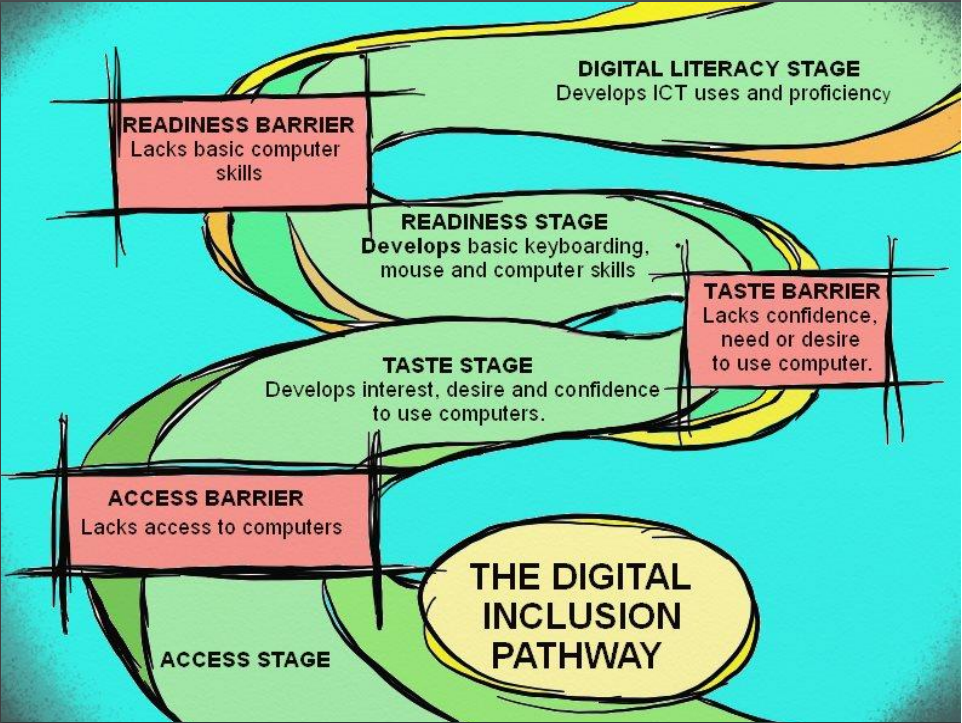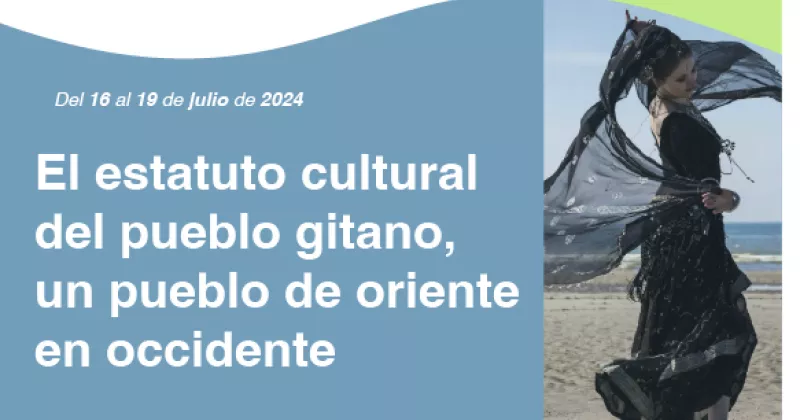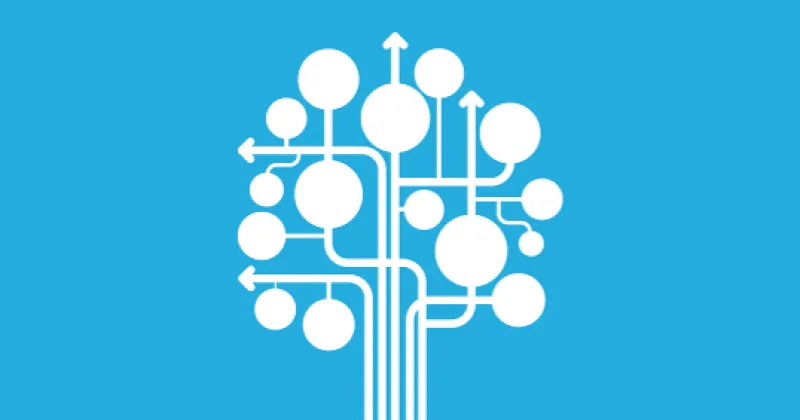A digital inclusion pathway

EPALE's Thematic Coordinator for Life Skills, David Mallows, reflects on the importance and process of digital inclusion of adults.
As we enter EPALE Digital and E-learning month, thoughts will likely turn to innovative and exciting ways in which learning can be made available online, on a computer or mobile device, or even through virtual reality headsets. The implications for pedagogy and for teacher training will be discussed, interactive materials will be presented and a brave new learning world will feel just a little closer.
The digital divide
However, as well as these exciting possibilities we should also take the time to consider whether digital technology will facilitate access for adults who have been excluded from learning, or simply erect new and even more daunting barriers. There has been much talk of a digital divide over the years – fears that an increase in the use of computers as tools for communication, commerce, civic engagement and, of course, learning, may lead to greater and perhaps more significant inequality for some groups in society.
As the online world encroaches ever further on the physical world we should pay great attention to digital inclusion – ensuring that each member of society is able to engage effectively with the riches of the digital world.
Digital inclusion
We can think about digital inclusion in terms of access to hardware. We know that there are strong associations between the use of digital tools and various economic and social indicators. This leads to certain groups of adults falling behind their peers in terms of adoption. Poorer groups often simply lack the necessary hardware. If you don’t have a computer at home or at work (or in your pocket), accessing government services online, or applying for a refund for a cancelled train ticket, or shopping online, or sharing cat videos on Facebook, or logging in to EPALE is far more difficult. And when adults lack access to the hardware, they are also more likely to lack IT skills. This is, quite rightly, of great concern to policy makers. However,
before they rush into expensive programmes of investment in equipment and basic IT skills courses, it would be wise to consider what it actually takes for someone to cross the digital divide and join those of us who are (reasonably) comfortable and active online.
I have been involved in a number of such initiatives and have seen first hand that it takes more than a computer and some mouse skills for an adult to be digitally included. As well as access to hardware and the skills to use it, we also need to understand adults’ diverse motivations for engaging with new technologies. It may be better for us to conceptualise this process as a journey and to identify the pathway through which any adult will need to pass. Professor Steve Reder of Portland State University has proposed a four-stage pathway to digital inclusion that I believe can be extremely helpful as we attempt to meet this challenge.
4-stage pathway to digital inclusion
Those who have never used a computer are in the first stage: Digital Access.
Once individuals have access to a computer, they move to the second stage: Digital Taste.
Here they must decide whether they actually want to use a computer and for what purpose. And it is here that many initiatives fall down – there’s no point in providing an adult with access to a machine if they have no desire to use it. We probably all know an elderly relative who has been given a laptop or an iPad in the expectation that they will start to send email rather than letters or keep in touch via Skype rather than a landline. Instead, the expensive gadget gathers dust in the corner despite much patient coaching by the younger generation. Others, of course, soon see the benefits and once they have got this ‘taste’ for digital, the next step, learning how to use it, becomes more meaningful.
This is what Reder calls the Digital Readiness stage.
Those not yet “ready” to use the technology will need to learn, but once they have the ‘taste’ for digital, they are far more likely to succeed.
When they have mastered sufficient skills to do what they need to, they are deemed 'digitally ready' and move on to the final stage: Digital Literacy.
Here they need to systematically develop their proficiency in the use of digital tools in order to achieve what it is that they have a taste for.

Each stage in the pathway has its own barrier that must be overcome. In Digital Access, the barrier is the lack of hardware, or perhaps broadband; in Digital Taste – a lack of confidence, perceived relevance or desire to use computers at all; in Digital Readiness, the barrier is basic IT skills; and in the Digital Literacy stage the barriers are the seemingly never ending ways in which digital technology develops and new applications are invented.
As with much adult learning, adults’ progress through and positioning on the digital inclusion pathway may not be as linear as suggested by the diagram. While one’s taste for a particular technology may follow or partially depend upon having sufficient readiness to use it, as Reder, points out he himself has no “taste” for computer games, even though he has the basic computer skills to do so and is thus ‘ready’.
Designing digital inclusion programmes
So, what is the implication of Reder’s digital inclusion pathway for policymakers? Principally, that we should not forget that adults’ motivation to learn is internal. Programmes aimed at ‘equipping’ adults with IT skills to ensure digital inclusion should also take the time to help adults explore the ways in which using digital tools may enhance their lives and support them in doing the things that they value and desire. If adults do not have a taste for digital, no amount of IT skills training will help them across the digital divide.
Graciela Sbertoli of Skills Norway, Zoltan Varkonyi of Progress Consult in Hungary and Caecilia Maerk of SVEB, the Swiss Federation of Adult Learning, all members of the European Basic Skills Network, discuss how digital inclusion is being approached in Norway, Hungary and Switzerland.
David Mallows has 30 years experience in adult education as a teacher, teacher trainer, manager and researcher. He was previously Director of Research at the National Research and Development Centre for adult literacy and numeracy (NRDC) at the UCL Institute of Education, London and currently represents the European Basic Skills Network in EPALE as thematic coordinator for Life Skills.
Comentario
digitālā iekļaušanās
- Inicie sesión o registrese para enviar comentarios
Es uzskatu, ka mūsdienās
- Inicie sesión o registrese para enviar comentarios
Ceļš uz digitālo iekļautību
- Inicie sesión o registrese para enviar comentarios
Digitālās iekļaušanas ceļš
- Inicie sesión o registrese para enviar comentarios
4-pakāpju ceļš
- Inicie sesión o registrese para enviar comentarios
Piekrītu, ka šī ir mūsdienās
- Inicie sesión o registrese para enviar comentarios
Pilnībā piekrītu par tām
- Inicie sesión o registrese para enviar comentarios
Digitālā plaisa. Viedtālruņi
- Inicie sesión o registrese para enviar comentarios
Digitālā sagaršošana
- Inicie sesión o registrese para enviar comentarios
Piekrītu raksta autoram, ka
- Inicie sesión o registrese para enviar comentarios
Digitālās iekļaušanas ceļš
- Inicie sesión o registrese para enviar comentarios
Digitālās iekļaušanas ceļš
- Inicie sesión o registrese para enviar comentarios
Ceļā uz digitālo pratību
- Inicie sesión o registrese para enviar comentarios
The use of iPads as learning tools for migrants
FØNIX AS (FONIX) in Norway have conducted an interesting project with the use of iPads as learning tool with a group of migrants learning Norwegian the last year.
The group has been together for language training in classroom two days a week - the rest of the week they have been in practice at ordinary workplaces.
All students have undergone career guidance, and were established in practice before the project was started.
This project is a good example of flipped classroom as methodology. We found that the students – especially the women - appreciated the "freedom" the technology gave them. They could prepare at home and / or sit elsewhere than in the classroom.
They had to take more responsibility for being prepared. Using the iPad as tool students could work more independently and on their own, while they were closely monitoring the teacher (via Showbie or guidance in the classroom).
The following applications have been used in this project: Showbie, BookCreator, Explain Everything and Pages, iMovie and PuppetPals. Showbie worked both as a learning platform and communication platform throughout the project.
We created digital learning portfolios that students should retain into practice. These were created in BookCreator.
These would be used to connect the classroom and workroom - students could for example take pictures in work placements, they put into the digital learning folder and continue working with this photo in the classroom. These folders would also allow the teacher to send the students tasks out in the workroom.
The experiences from the project in 2016 shows that close monitoring both in classrooms and workrooms is a success factor for the individual participant to reach his / hers goals.
Further development of digital learning portfolios, increased use of digital learning tools and flipped classroom will help to ensure that such a method is an integral part of FONIX’ teaching program for migrants in the future.
Please take contact if you are interested in further information on this project - and / or to develope something along these lines together with us in the future : jan.evensen@fonix.as
- Inicie sesión o registrese para enviar comentarios
Very interesting example!
Jan, your last post is almost a blog in itself. And in fact I think it should be published as one, maybe adding som screen dumps or details? Can we talk about this next week?
To all Epale users reading this: do you have similar examples of how to use digital tools for language and basic skills training of immigrants? Both Epale and the EBSN are extremely interested in hearing about them!
- Inicie sesión o registrese para enviar comentarios
Sure, Graciela
This project is ongoing at our schoole for migrants in Sandefjord, and are creating lots of interesting results. I can try to prepare something with pictures next week.
- Inicie sesión o registrese para enviar comentarios
Strādājot klientu
- Inicie sesión o registrese para enviar comentarios
A practical example of digital exclusion
I had an interesting experience that illustrate ‘digital exclusion’ the other day when I damaged my suitcase traveling with KLM from Moscow to Sandefjord, Norway.
I registered the damage at the airport in Sandefjord, and was handed a damage report together with a piece of paper describing the procedure for further claim.
Within seven days, I had to log into the KLM website on my computer, file a formal complaint, and upload documentation from the shop about the cost of the suitcase together with my boarding card.
The skills needed for this simple claim included both my ability to make a written report in English (my mother tongue is Norwegian), the access to a on-line computer, the ability to use the computer to find the correct web-site (not simple event for me) and – maybe most important – the access to and knowledge how to use a scanner to upload the necessary appendix.
- Inicie sesión o registrese para enviar comentarios
Manuprāt, profesora Stīva
- Inicie sesión o registrese para enviar comentarios
Norway: using digital tools for initial literacy for immigrants
Learning to read, through writing on a keyboard:
School Font (Skolstil) http://www.skolstil.se/en/ (link is external)
As the students press a key, the program’s synthetic speech will pronounce the corresponding sound, and the letter will appear on the screen in a handwritten style. When the space bar is pressed, the program will pronounce the whole word. When the punctuation mark is pressed, the program will pronounce the whole sentence.
When the students hear the sound as they press a key, they experience the connection between the symbol and the sound.
Video here: http://www.vox.no/Norsk-og-samfunnskunnskap/Metodisk-veiledning/Skrive-seg-til-lesing-STL/
See more on digital tools for immigrants here: /en/resource-centre/content/apps-language-learning
- Inicie sesión o registrese para enviar comentarios
Good examples from Germany
Have a look at this overview of interesting EPALE blogs and resources about Digital Inclusion and Immigrants, presented last year by EPALE Germany: /en/blog/digital-media-educational-work-refugees
- Inicie sesión o registrese para enviar comentarios
Motivācija digitālā iekļaušanā.
- Inicie sesión o registrese para enviar comentarios
Tagung "Ich packe meinen digitalen Koffer und nehme mit"
Wir veranstalten am 9. und 10.05.2019 eine Fachtagung zum Thema "Digitale Medien und Tools in der Erwachsenenbildung". Dabei rufen wir interessierte Projekte und Einrichtungen dazu auf, die Tagung in Form von Themenworkshops und Präsentationen (Markt der Möglichkeiten) mitzugestalten.
Sie haben ein innovatives Lern- oder Lehrkonzept entwickelt? Sie haben interessante Erfahrungen beim Einsatz digitaler Tools gemacht, die Sie gerne diskutieren möchten? Dann bewerben Sie sich bis zum 15.02.2019!
- Inicie sesión o registrese para enviar comentarios
Digitální apetit
- Inicie sesión o registrese para enviar comentarios
Pour continuer de débattre
Pour continuer de débattre autour de ce sujet, rdv le 26 avril à Paris! Une rencontre thématique EPALE France abordera le sujet suivant : " Impacts du numérique sur les apprentissages tout au long de sa vie ".
Cette rencontre sera l'occasion de découvrir de nombreux outils et pratiques et d'échanger avec des professionnels du secteur, notamment à l'occasion d'un "Explorcamp".
Voir le détail de l'événement en consultant l'article d'actualité sur EPALE.
- Inicie sesión o registrese para enviar comentarios






Tehnoloģijas ikdienā